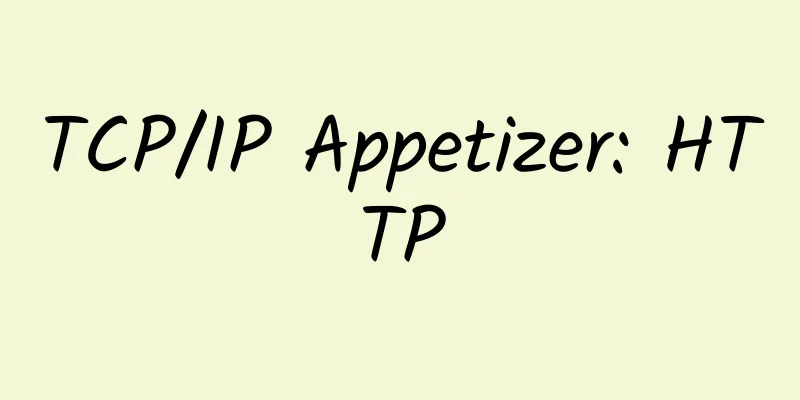Demystifying gRPC: Unleashing Lightning-Speed Communication

|
Before we dive into the details of gRPC, it is important to clarify the relationship between various terms in the field of remote communications, which can be confusing at times. RPC — Remote Procedure CallAccording to Wikipedia, "In distributed computing, a remote procedure call (RPC) is when a computer program causes a procedure (subroutine) to be executed in a different address space, typically on another computer on a shared network, just as if it were a normal (local) procedure call, without the programmer explicitly coding the details of the remote interaction." In short, it is a way for one computer program to request another program to perform a certain task, even if they are located on different computers. It is a bit like calling a function in your program, although it is executed on a different machine. It is a procedure call that acts as if it is on the same machine, but it is not actually on the same machine. The RPC library/framework is responsible for abstracting all these complexities. RPC ProcessThe RPC framework is responsible for shielding the underlying transmission method (TCP or UDP), serialization method (XML/JSON/binary) and communication details. Service callers can call remote service providers just like calling local interfaces without having to worry about the underlying communication. This involves the details and process of the call. RESTREST stands for Representational State Transfer and is a mature architectural style for designing network applications. RESTful APIs use HTTP requests to perform CRUD (Create, Read, Update, Delete) operations, usually expressed as URLs. REST APIs are known for their simplicity and use of standard HTTP methods such as GET, POST, PUT, and DELETE. HTTPHTTP (Hypertext Transfer Protocol) is the basis for data communication on the Internet. It defines the format and transmission of messages, as well as how web servers and browsers respond to various commands. HTTP has evolved over time, and different versions have provided various features and improvements:
So now we understand the terminology. Let’s get started! What is gRPC?gRPC (what does the “g” stand for here?) is an inter-process communication technology that allows you to connect, call, operate, and debug distributed heterogeneous applications as easily as making a local function call. When you develop a gRPC application, the first thing you need to do is define a service interface. The service interface definition contains information about how to consume the service, which remote methods the consumer is allowed to call, what method parameters and message formats to use when calling these methods, and so on. The language we specify in the service definition is called the interface definition language (IDL). gRPC uses protocol buffers as the IDL for defining service interfaces. Protocol buffers are a language-independent, platform-neutral, and extensible mechanism for serializing structured data. gRPC ArchitectureWhat makes gRPC lightning fast? Here’s what’s going on under the hood: HTTP/2: In 2015, HTTP/2 replaced HTTP/1.1 and provided a multiplexing feature, allowing multiple requests and responses to share a single connection, improving efficiency.
Protobuf: The Secret WeaponOne of the key factors in the gRPC efficiency game is protocol buffers, or Protobuf for short. Protobuf defines data structures and function contracts. Both the client and the server need to use the same Protobuf language, which is how they understand each other. Protocol buffers (ProtoBuf) play three main roles within the gRPC framework: defining data structures, specifying service interfaces, and enhancing transmission efficiency through serialization and deserialization. What are the advantages of gRPCIn addition to having a very cute mascot, the reason for adopting gRPC lies in its unique advantages:
|
<<: Explore VLAN aggregation: How to optimize your network performance
>>: What is Zigbee and why is it important for your smart home?
Recommend
Huawei grandly releases the Intelligent Micro Module 5.0 solution
[51CTO.com original article] On September 17, 202...
5G-driven digital transformation solutions
[[428116]] 【51CTO.com Quick Translation】 Accordin...
WeChat Pay received the most complaints, and Alipay had the highest satisfaction, but Jack Ma was not happy!
[[222946]] Activities surrounding "3.15"...
Huawei launches the next-generation CloudLink collaborative telepresence to connect time and space and change the future
[Beijing, China, September 6, 2018] Huawei held t...
Operators dig into the Internet of Things: IoT strategic transformation in four steps
Driven by both technology and the market, the IoT...
404 Not Found? It crashed again...
The dreaded "404 Page Not Found" error ...
Can we rely on HTTPS to keep us safe?
HTTPS is the guardian of web connections Most URL...
Thoroughly understand Cookie, Session, Token
[[281563]] Development History 1. A long time ago...
China Radio and Television faces three major challenges on its 5G journey
Since the Ministry of Industry and Information Te...
With the accelerated development of 5G technology, what challenges does the data center face?
Memory security is not a new concept, but the sur...
618 is here, it’s time to upgrade your WiFi 6 router!
[[404856]] 618 is here, and during the annual sho...
ColoCrossing: $12/year-1GB/20G SSD/1Gbps unlimited traffic/New York data center
ColoCrossing has released a new VPS promotional p...
A400 20% off for the school season, Los Angeles CN2 GIA/9929/4837 and other routes starting from 20 yuan/month
A400 Interconnect recently released a back-to-sch...
Only speed can keep you going! Explain the main features and advantages of Wi-Fi 6
The Wi-Fi industry is currently developing rapidl...
What is a Bluetooth gateway and how to use it?
What is a Bluetooth Gateway? A Bluetooth gateway ...









